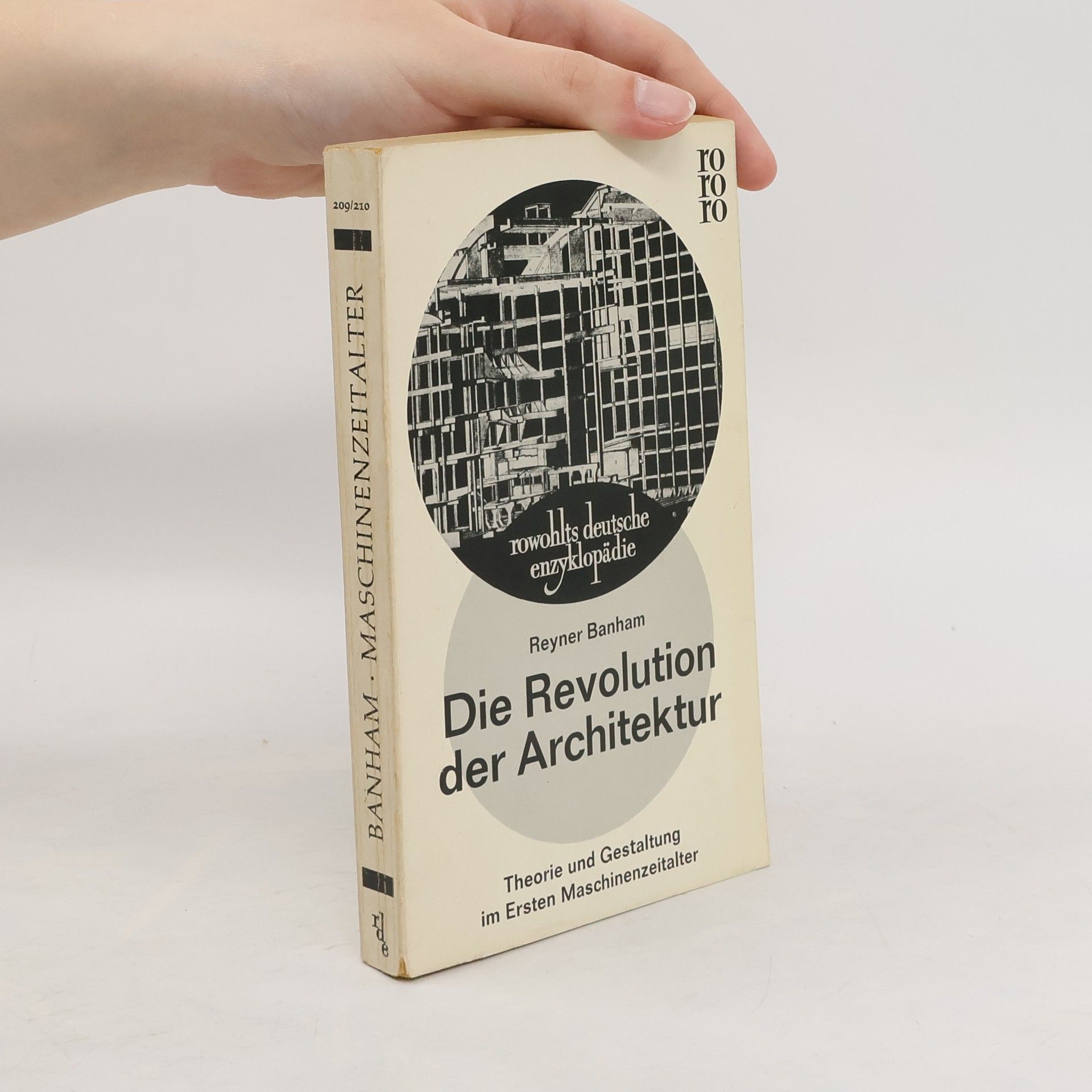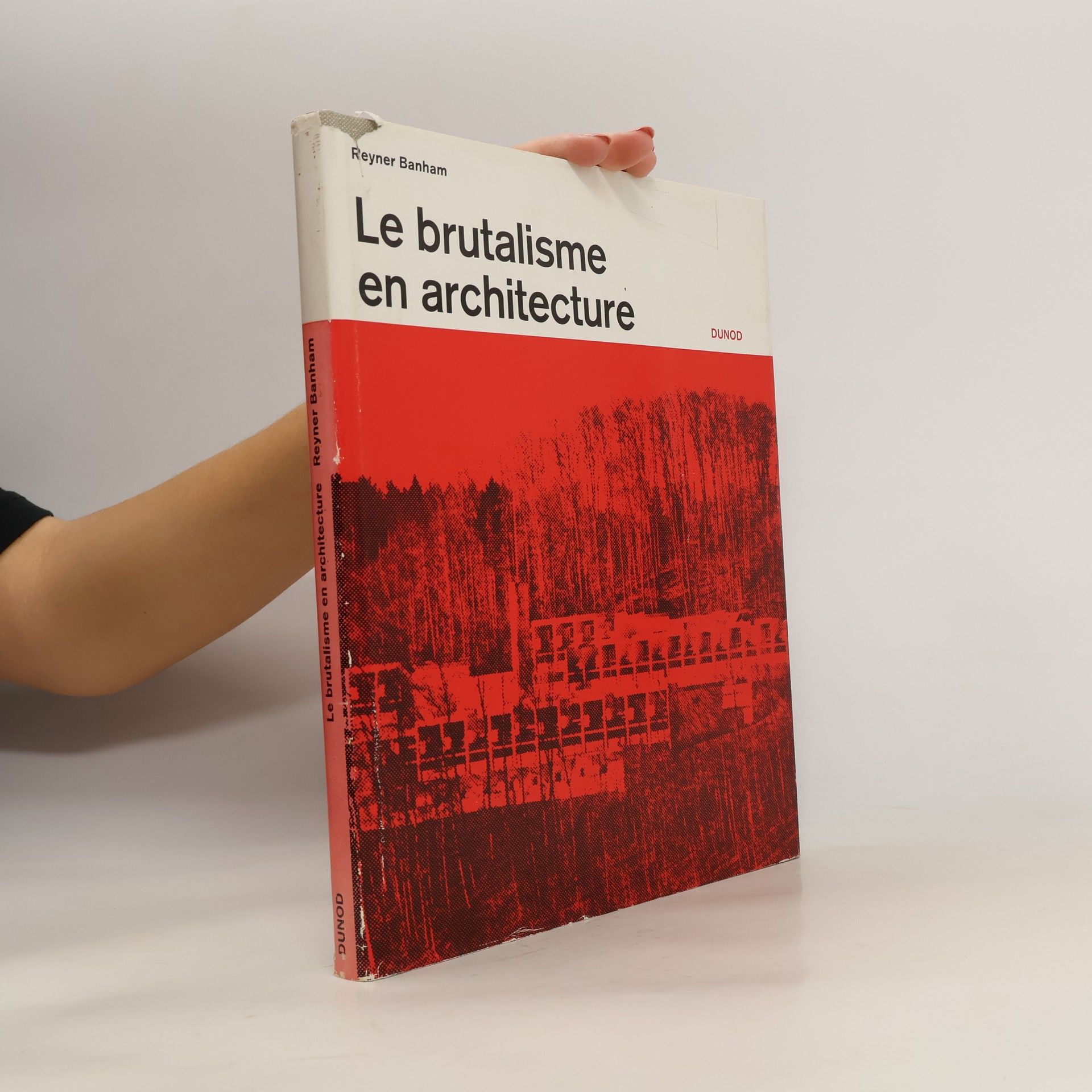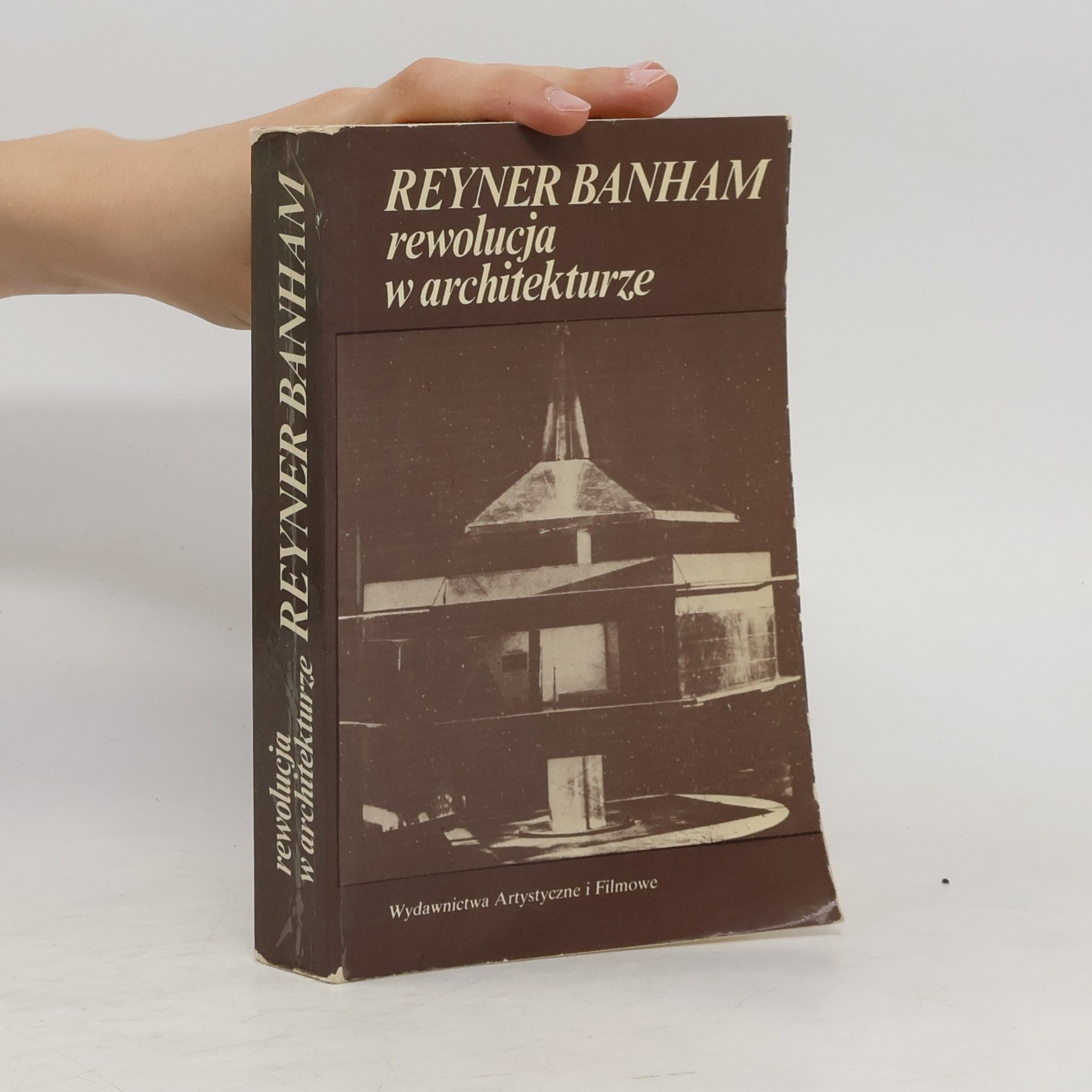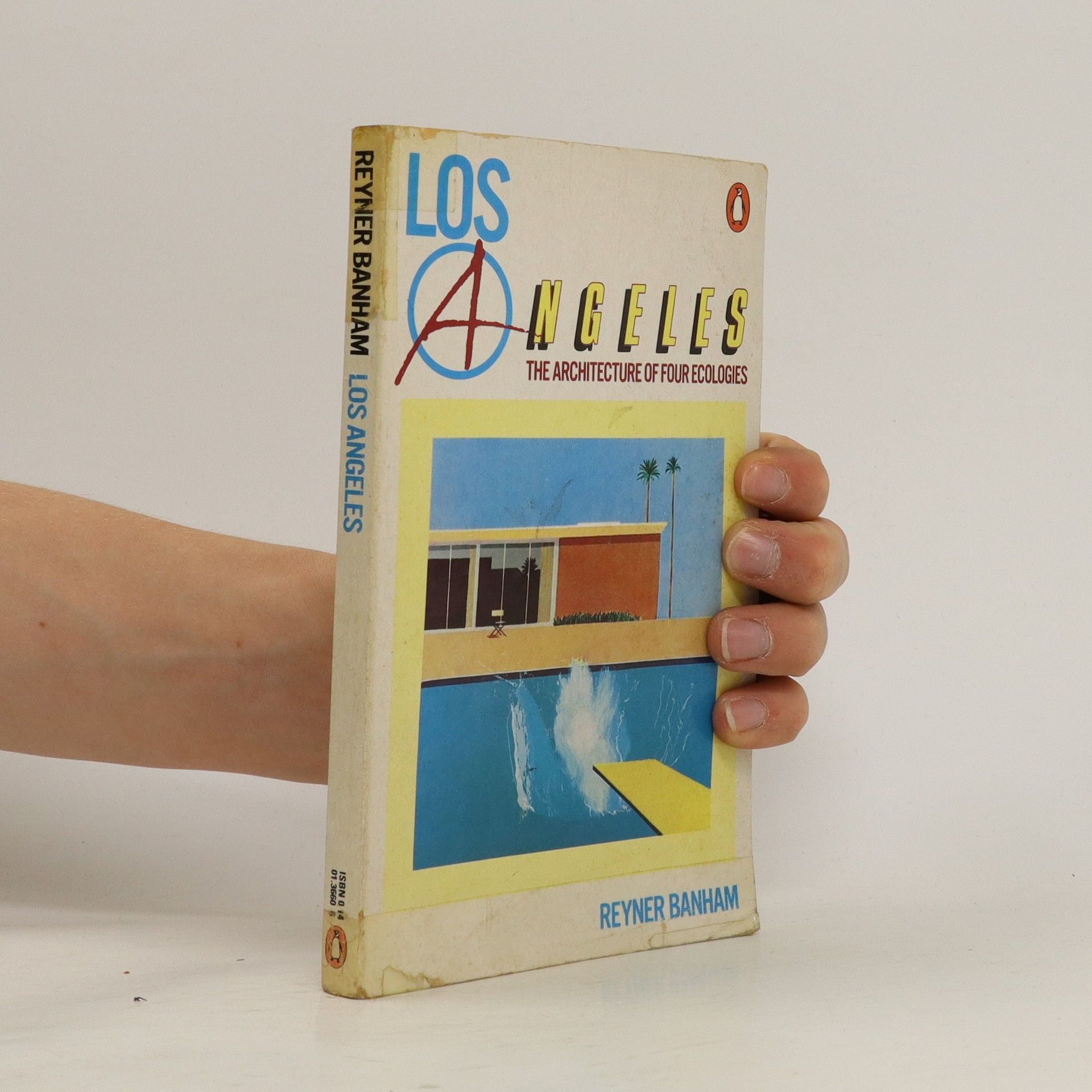Reyner Banham Libri
Peter Reyner Banham è stato un critico e teorico architettonico fondamentale, rinomato per la sua acuta analisi del modernismo e il suo rapporto con l'era della macchina. I suoi scritti esploravano come le aspirazioni formali plasmavano spesso le realtà funzionali delle strutture costruite. Banham è stato anche un pioniere nella comprensione dei paesaggi urbani, in particolare di Los Angeles, che ha classificato in quattro distinti modelli ecologici per rivelarne le uniche culture architettoniche. Il suo pensiero critico e la sua lungimiranza lo hanno posizionato come la coscienza dell'architettura britannica del dopoguerra, mentre si evolveva da ideali utopici a una contemplazione più profonda del futuro postindustriale.






Los Angeles
The Architecture of Four Ecologies
Reyner Banham examined the built environment of Los Angeles in a way no architectural historian before him had done, looking with fresh eyes at its manifestations of popular taste and industrial ingenuity, as well as its more traditional modes of residential and commercial building. His construct of "four ecologies" examined the ways Angelenos relate to the beach, the freeways, the flatlands, and the foothills. Banham delighted in this mobile city and identified it as an exemplar of the posturban future.
This classic work explores a pivotal architectural movement that has influenced not only architects but also fantasists and filmmakers. It provides critical insights into the evolution of architectural design and its cultural impact, making it a significant resource for those interested in architectural history and theory. The reprint offers a fresh opportunity to engage with its timeless themes and ideas.
Die Blauen Bücher: Architektur der Zwanziger Jahre in Deutschland
- 300pagine
- 11 ore di lettura
Rare Book
